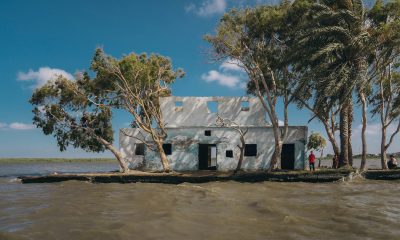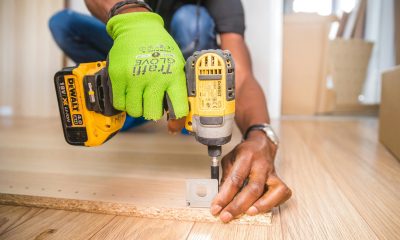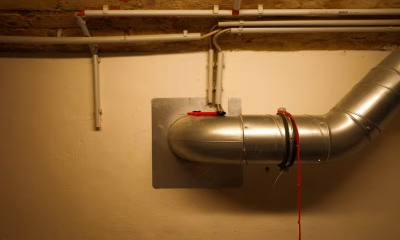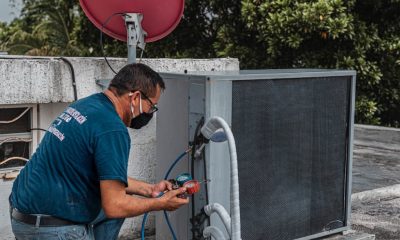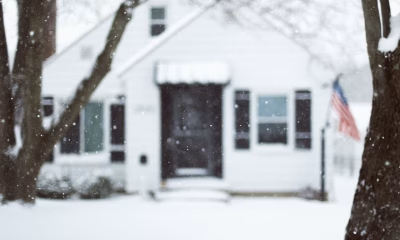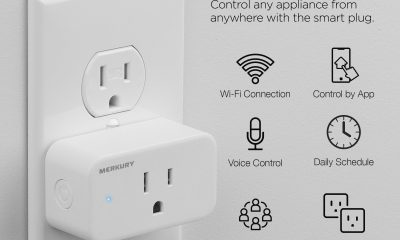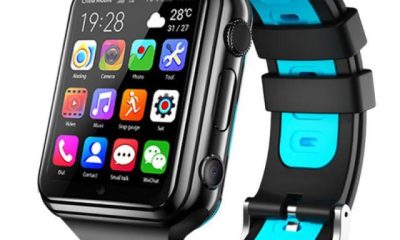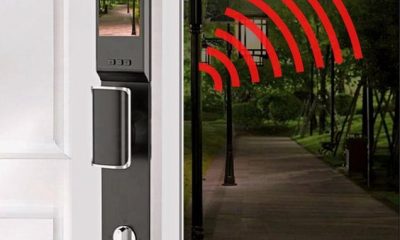Guides
Understanding and Surviving Severe Weather
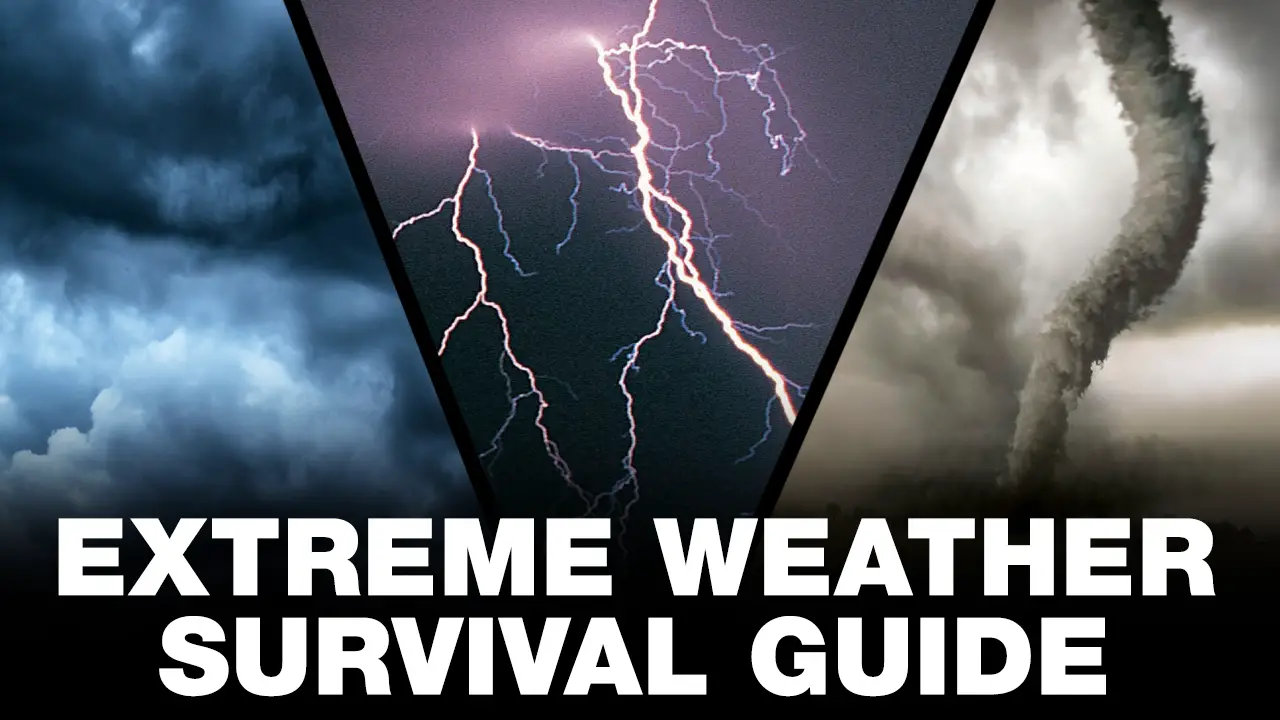
Introduction
Severe weather refers to extreme atmospheric conditions such as thunderstorms, tornadoes, hurricanes, floods, blizzards, and heat waves. Unlike everyday rain or wind, severe weather events are powerful enough to cause injuries, destroy property, disrupt daily life, and sometimes claim lives. With climate change fueling more intense and frequent storms, it’s no longer a question of if you’ll face severe weather, but when.
Being prepared doesn’t just mean stocking up on supplies; it means understanding forecasts, knowing the difference between watches and warnings, creating an emergency plan, and practicing safe responses during an event. By learning how severe weather forms, what risks it carries, and how to react in time, you can significantly reduce the danger for yourself and your family.
This article will explain the science, preparation steps, safety measures, and recovery strategies for severe weather, along with answers to the most common public questions.
What Is Severe Weather?
Severe weather includes natural atmospheric events that pose a direct risk to health, property, and infrastructure. The most common types are:
-
Thunderstorms: Intense storms with lightning, heavy rain, hail, and damaging winds.
-
Tornadoes: Rotating columns of air capable of demolishing homes and throwing debris.
-
Floods and Flash Floods: Sudden water rise that can sweep away vehicles and inundate communities.
-
Hurricanes and Tropical Cyclones: Large rotating storm systems with high winds, storm surge, and torrential rainfall.
-
Winter Storms and Blizzards: Heavy snow, ice, and freezing temperatures that disrupt travel and utilities.
-
Heat Waves: Prolonged periods of extreme heat, often combined with humidity, leading to health risks.
Why Severe Weather Happens
Severe weather develops from powerful interactions within the atmosphere. Warm, moist air rising into cooler regions above releases energy that can drive thunderstorms. Wind shear—changes in wind speed and direction with height—can organize these storms into supercells that spawn tornadoes.
Weather fronts, mountain ranges, and sea breezes all act as lifting mechanisms, pushing air upward to create storm systems. In recent years, climate change has added another layer, increasing the intensity of storms by warming the atmosphere and oceans, which in turn hold and release more moisture and energy.
Types of Severe Weather and Their Risks
| Type | Risks |
|---|---|
| Thunderstorms | Strong winds, hail, lightning strikes, flash flooding, power outages. |
| Tornadoes | Structural collapse, flying debris, uprooted trees, severe injuries. |
| Floods | Drowning, contamination, road damage, infrastructure loss. |
| Hurricanes | Coastal flooding, storm surge, high winds, widespread destruction. |
| Winter Storms | Hypothermia, accidents, downed power lines, supply shortages. |
| Heat Waves | Dehydration, heatstroke, wildfires, agricultural losses. |
Watches vs. Warnings
Meteorologists issue two main types of alerts:
-
Watch: Conditions are favorable for severe weather to develop. It’s a precautionary signal to prepare.
-
Warning: Severe weather is happening or about to happen in your area. This requires immediate protective action.
Preparing Before Severe Weather
Preparation can make the difference between safety and tragedy.
1. Make a Family Plan
-
Choose a safe room (basement or interior space without windows).
-
Practice emergency drills so everyone knows where to go.
-
Include pets in your plan.
2. Build an Emergency Kit
-
Water: One gallon per person per day for at least three days.
-
Nonperishable food.
-
Flashlights, batteries, radios.
-
First aid kit, medications, hygiene items.
-
Blankets, extra clothing, and cash.
3. Secure Your Home
-
Trim trees and branches.
-
Reinforce windows and doors.
-
Anchor outdoor objects.
-
Elevate appliances in flood-prone areas.
4. Stay Informed
-
Sign up for emergency alerts.
-
Keep a weather radio.
-
Monitor reliable apps or local stations.
5. Review Insurance
-
Photograph belongings for proof of ownership.
-
Check policies for flood or storm coverage.
Staying Safe During Severe Weather
Thunderstorms and High Winds
-
Go indoors immediately.
-
Stay away from windows and electrical devices.
-
Avoid showers and plumbing during lightning.
-
If driving, pull over safely—do not shelter under overpasses.
Tornadoes
-
Go to the lowest level of your home.
-
Use an interior room or storm shelter.
-
Protect your head with blankets or helmets.
-
Never stay in a car or mobile home—find sturdier shelter.
Floods
-
Move to higher ground.
-
Avoid walking or driving through floodwaters.
-
Six inches of moving water can knock you down; a foot can sweep away a vehicle.
Hurricanes
-
Evacuate if ordered.
-
Board up windows and secure doors.
-
Have extra fuel, food, and medical supplies.
Winter Storms
-
Stay indoors and conserve heat.
-
Avoid unnecessary travel.
-
Keep a supply of blankets and heating alternatives.
Heat Waves
-
Stay hydrated and in cool spaces.
-
Avoid strenuous outdoor activity.
-
Check on children, elderly, and pets.
After the Storm: Recovery and Safety
Once severe weather passes, danger isn’t over.
-
Stay clear of downed power lines.
-
Wear gloves and boots during cleanup.
-
Document property damage with photos.
-
Avoid floodwaters, which may be contaminated.
-
Be cautious of scams when hiring repair contractors.
-
Check in on neighbors, especially vulnerable populations.
Community Readiness
Preparedness is not only individual but collective. Programs like storm-spotter networks and community drills help improve early warnings. Cities with resilient infrastructure, strong communication systems, and public shelters recover faster and save more lives.
Current Challenges
-
Rapid Storm Development: Some systems form too quickly for long warnings.
-
Warning Fatigue: Too many alerts may cause people to ignore real threats.
-
Climate Change: Rising global temperatures intensify many severe weather events.
-
Infrastructure Gaps: Outdated drainage systems, fragile power grids, and weak housing increase risks.
FAQs
1. What is the difference between a watch and a warning?
A watch means conditions are favorable for severe weather, while a warning means it is happening now or will soon—take action immediately.
2. Can tornadoes form without a warning?
Yes. Some tornadoes develop so quickly that warnings may not come in time, which is why staying alert during storms is crucial.
3. Is it safe to shelter under an overpass during a tornado?
No. Wind can intensify under overpasses, making them extremely dangerous. It’s safer to seek shelter in a building or low-lying ditch.
4. How much water can sweep away a car during a flood?
Just one foot of moving water is enough to sweep away a vehicle, making flooded roads deadly.
5. How long before severe weather can forecasts predict?
General outlooks can be given days in advance, but specific warnings usually arrive less than an hour before the event.
Read More: How to Play Roblox Unblocked (2025 Guide)
Conclusion
Severe weather is one of nature’s greatest challenges, capable of disrupting lives in a matter of minutes. Yet with awareness, preparation, and swift action, its impact can be greatly reduced. The key to survival lies in understanding the risks, respecting alerts, creating family safety plans, and keeping emergency kits ready.
Equally important is staying informed, securing your home, and practicing the right responses during each type of event—whether it’s moving to a basement during a tornado, avoiding flooded roads, or seeking cool shelter during a heat wave. After storms, cautious recovery steps and community support ensure resilience.
As climate patterns change and extreme weather becomes more common, readiness is no longer optional. By combining personal responsibility with community preparedness, we can face storms with confidence, protect our loved ones, and rebuild stronger after every challenge.
-
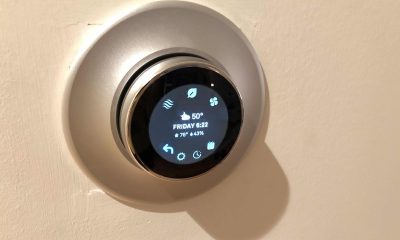
 Gadgets3 years ago
Gadgets3 years agoDoes Nest Thermostats Contain Cameras Or Microphones? Is It Safe For you?
-

 Guides1 year ago
Guides1 year ago10 Best Apps To Control All Your Smart Home Devices.
-

 Gadgets3 years ago
Gadgets3 years agoWhat Is The Purpose Of Red Button On The SimpliSafe Keypad?
-
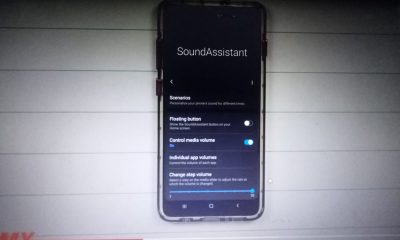
 Gadgets2 years ago
Gadgets2 years agoComplete Guide About Equalizer settings for Samsung-Soundbar
-

 Accessories2 years ago
Accessories2 years agoBlink Camera’s Temperature Sensor Settings, and More
-

 Solutions3 years ago
Solutions3 years agoWhy is My Samsung TV Picture So Dark? Exploring the Possible Causes
-

 Gadgets3 years ago
Gadgets3 years agoFitbit Symbols Meaning: What Do The Fitbit Icons Mean?
-

 Accessories2 years ago
Accessories2 years agoCan Siri Control Samsung Televisions And Are Samsung TVs Homekit Compliant?






